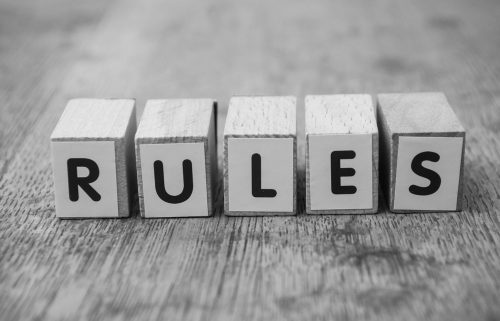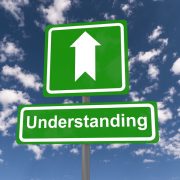Rules You Need to Know for Your Self-Directed Checkbook IRA
We might know what you’re thinking. Rules? Who needs rules? With a Self-Directed Checkbook IRA, you can have so much retirement investing freedom that there’s no need to pay attention to rules; you’re investing with more flexibility and independence than ever before. And while it’s true that you’ll be investing with more flexibility and independence with a Checkbook IRA, it’s still an IRA. And IRAs have rules. If you want to maximize your retirement dollar, you have to know the rules. Fortunately, they can be surprisingly easy to follow—and leave you with enough flexibility to build retirement wealth on your terms. Here’s how.
Know the Self-Directed Checkbook IRA Structure First
It starts with knowing the basic facts about the Checkbook IRA structure. Here are the essential elements:
- A Single Member LLC. This LLC needs to be registered with your state and have its own checking account—this will be the source of the “Checkbook” in the Checkbook IRA. The IRA/401(k) is the sole member of the LLC. The retirement account cannot be a manager. It will be a Single Member LLC because your Self-Directed IRA will maintain ownership, while you only directly own the Self-Directed IRA. This creates a retirement umbrella around the Single Member LLC.
- A Self-Directed IRA. Working with a Self-Directed IRA administration firm, you’ll have to establish a Self-Directed IRA. This is the entity that will own the Single Member LLC. Because the Single Member LLC is part of an IRA, you’ll have to make sure that your investments adhere to the rules of retirement investing. That means having a thorough understanding of to whom a “disqualified person” refers, as we’ll detail below.
Essentially, the structure will be a Single Member LLC, owned by a Self-Directed IRA, which is then owned by you. This gives you the “Checkbook Control” that makes it possible to invest with flexibility and under the protections of a retirement account.
Avoiding Investing with a “Disqualified Person”
In the world of Self-Directed retirement, you’ll have to be aware of one key phrase: a disqualified person. This is an individual who might benefit from a transaction with your retirement account on a personal basis. For example, if you were to purchase a piece of real estate with a Self-Directed IRA and then rent that property to a son or a daughter, you would be engaging in a prohibited transaction with a “disqualified person.”
Understanding that you have to transact with people you don’t know when you use retirement funds is one of the keys to staying within the rules. With a Self-Directed Checkbook IRA, it might seem tempting to believe that you have all the freedom and flexibility in the world. And you do have more freedom and flexibility with retirement investing than ever before. But you still have to stay within the regulations set forth by the IRS to ensure that your transactions will be valid and receive the tax-protected benefits associated with investing within an IRA.
How to Make a Self-Directed Checkbook IRA Work for You
When you’re thinking about how to invest in retirement assets with more flexibility and versatility, the Self-Directed Checkbook IRA is a great strategy. It allows you to invest in nontraditional retirement assets like real estate. It allows you the power of a checkbook to make your investments, giving you greater speed. But it’s important that you understand how the rules work, and that you fall back on homework and experience as you start out. Your Self-Directed IRA administration firm is there to help establish the account, but they won’t give you specific investment advice. If you stick to some basic rules of thumb and follow the rules, the possibilities for your retirement are endless.
Interested in learning more about Self-Directed IRAs? Contact American IRA, LLC at 866-7500-IRA (472) for a free consultation. Download our free guides or visit us online at www.AmericanIRA.com.










